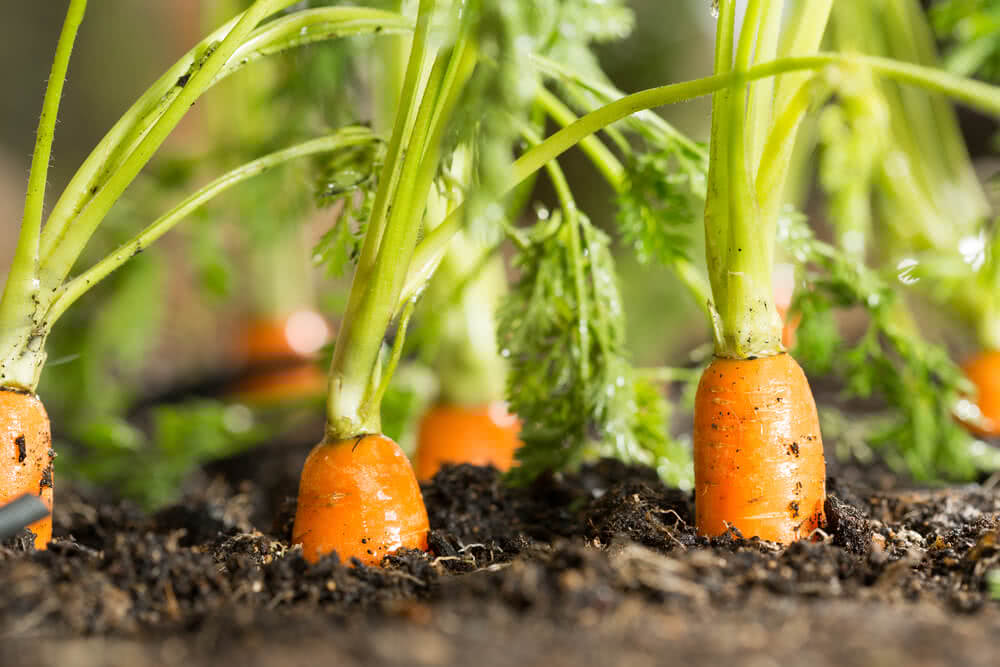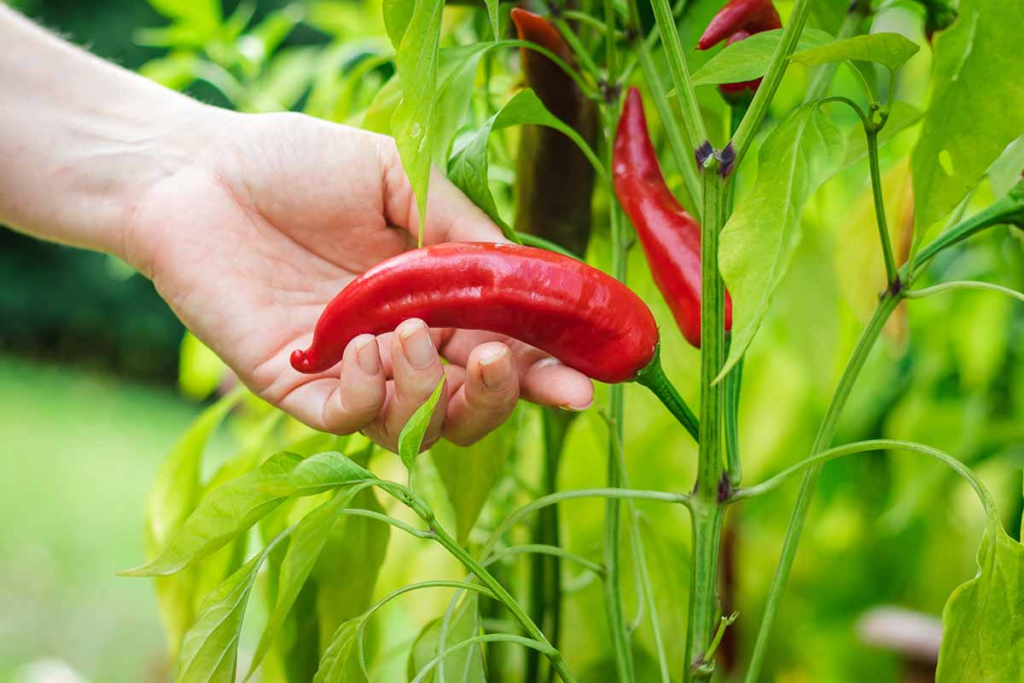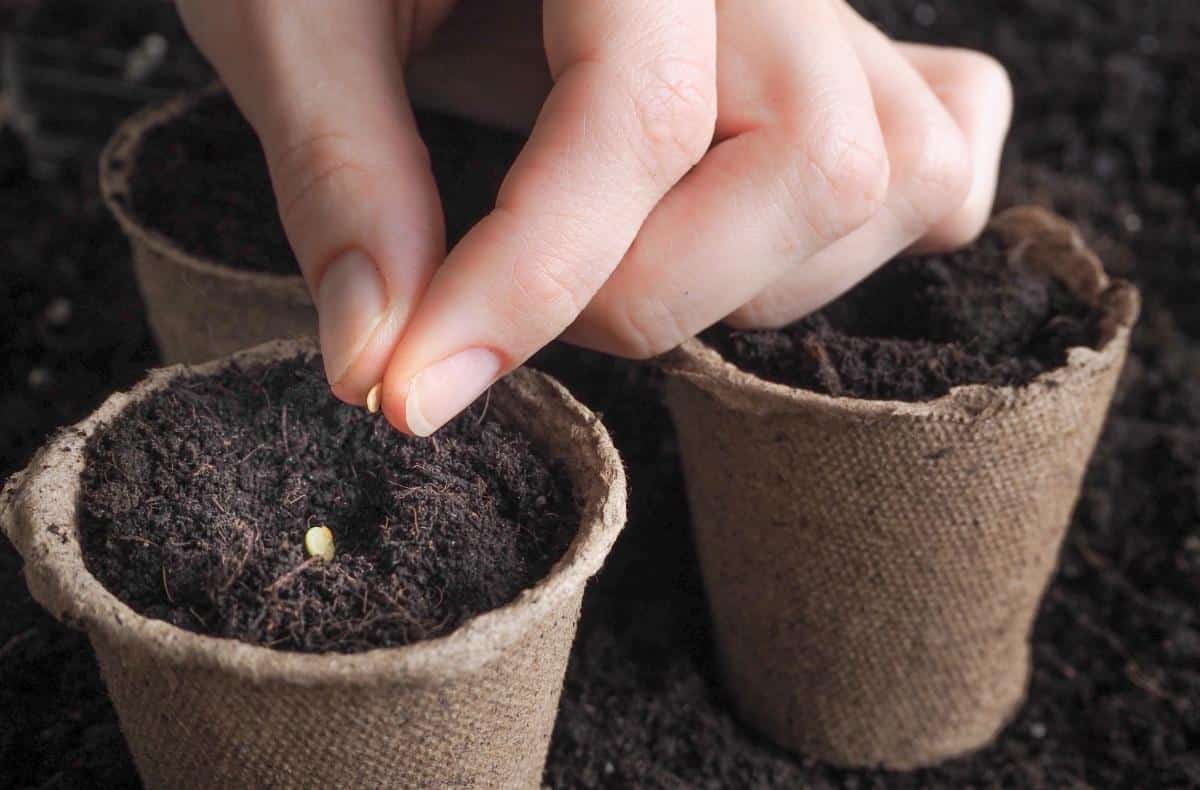By Benedict Vanheems – January 1, 2024
Although the weather outside might be chilly, January offers a golden opportunity to begin sowing some key crops. With a little preparation and some simple techniques, you can get a head start on the growing season. Here’s how to sow early-season favorites and a few surprises to elevate your gardening game.
1. Early Carrots
Why Sow Now?
Early carrot varieties can germinate even in cooler conditions, making them perfect for January planting. They’ll sit patiently in the soil and reward you with sweet, tender roots come spring.

How to Sow:
- Reuse and Prepare Soil: Old potting mix works well—sift through it to remove debris and add sand for drainage.
- Sow Seeds: Scatter seeds over the prepared mix and cover lightly. Growing in containers helps you start them under cover, away from the elements and carrot flies.
- Maintain Warmth: Place a sheet of glass over the container for added insulation.
Pro Tip: Harvest carrots in stages, letting the remaining roots grow larger. These early crops will be among your tastiest rewards!
2. Chilies
Why Start Early?
Chilies need a long growing season, especially in cooler climates. By sowing now, you’ll enjoy sturdy plants that flower and fruit earlier.

How to Sow:
- Choose the Right Mix: Chilies prefer well-drained soil. Mix peat-free, soil-based compost with coconut coir and vermiculite.
- Sow and Label: Scatter seeds across the surface, cover lightly, and label pots with variety and date.
- Encourage Germination: Cover pots with plastic and place them on a warm windowsill or heat mat.
Extra Tip: If you have grow lights, use them to maintain strong, even growth, especially during the low-light winter months.
3. Eggplants (Aubergines)
Why Sow Early?
Eggplants thrive with a long, warm growing season. Starting early increases your chances of a successful harvest, particularly in cooler climates.

How to Sow:
- Prepare Seeds: Soak seeds in warm water for 24 hours to speed germination.
- Provide Warmth: Sow in a soil-based mix, then use a heat mat to maintain temperatures around 80°F (27°C).
Best Varieties for Cool Climates: Opt for smaller-fruited types, which mature faster and perform better in shorter summers.
4. Strawberries
Why Grow from Seed?
While buying strawberry plants or propagating runners is common, growing from seed is a cost-effective way to expand your patch.
How to Sow:
- Surface Sow: Scatter seeds on pre-moistened seed-starting mix; do not cover, as they need light to germinate.
- Warmth and Moisture: Place the tray in a humidity dome over a heat mat. Mist with water to maintain moisture.
- Transplant: Once seedlings are big enough, transfer them to individual pots and acclimate them for outdoor planting by spring.
Boost Germination with Heat and Light
For crops like chilies and eggplants, consistent warmth and light are essential. A heat mat ensures optimal germination temperatures (70–80°F), while grow lights prevent seedlings from becoming leggy due to insufficient natural light.
No Grow Lights? Delay sowing until February or create reflective setups using foil-lined cardboard to direct natural light onto your seedlings.
Final Tips for Success
- Plan Ahead: Seedlings sown now will require larger pots before outdoor planting. Ensure you have enough indoor space for this transition.
- Patience Pays Off: Early efforts can yield some of the most rewarding crops of the season—sweet carrots, vibrant chilies, and even fresh strawberries for dessert.
With these tips in mind, January sowing can set you up for a productive and delicious gardening year ahead.
